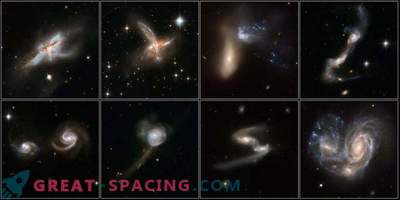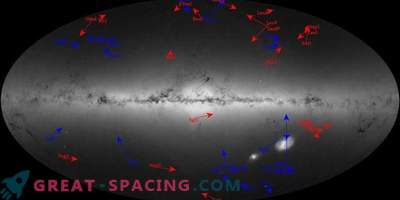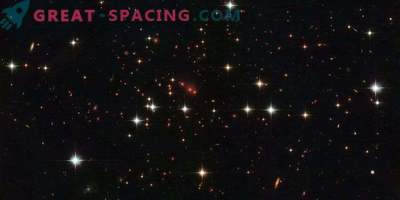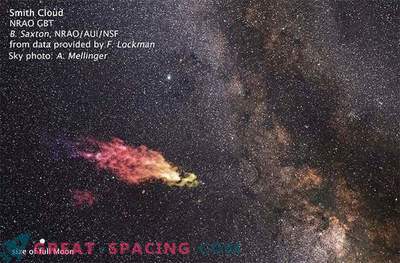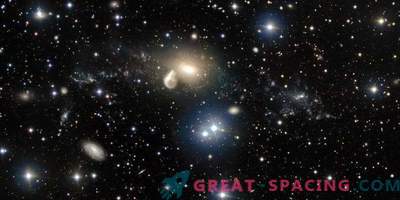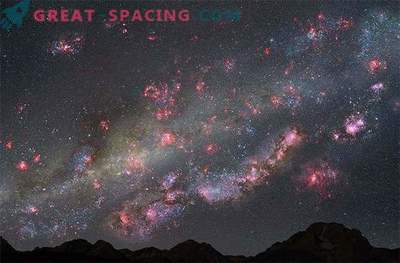
Our Milky Way, although it looks very beautiful, but in fact can destroy all of our opinions about space.
Now, astronomers have decided to look behind the erratic accumulation of stars and dust in order to detect a real galactic zoo in a previously unexplored region of space. But we are not talking only about one or two galaxies. The researchers used a new survey technique using the Parkes radio telescope, located in Australia, to find hundreds of undiscovered galaxies.
“The Milky Way is certainly very beautiful, and of course it’s very interesting to study our home galaxy, but it completely blocks the review of more distant galaxies behind it,” said Lister Staveley-Smith from the University of Western Australia and the International Center for Radio Astronomy Research (ICRAR) .
A total of 883 galaxies were identified at 250 million light years from Earth, a third of which we have never seen before. All of them are in the “avoidance zone”, in the region of space, which, as a rule, is inaccessible for telescopes that study space beyond the Milky Way.
Team Staveley-Smith is investigating the mysterious “Great Attractor” - an area of space that tightens the local galaxies (including the Milky Way) with a huge gravitational force equivalent to a million billion suns. There are several satisfactory explanations for the phenomenon, but a review due to the Milky Way will add a critical piece to the space puzzle. “We don’t really understand what causes this gravitational acceleration on the Milky Way or where it comes from,” Staveley-Smith said in a press release from ICRAR. “We know that in this area there are several very large collections of galaxies, which we call clusters and superclusters. And our entire Milky Way is moving towards them at a speed of more than two million kilometers per hour. ”
His team has mapped three dense clusters of galaxies (called NW1, NW2 and NW3) and two new (CW1 and CW2), which can cause a massive flow of galaxies in this direction.
“We used a variety of methods, but only thanks to radio observation we managed to get through a thick layer of dust and stars,” said co-author René Kraan-Korteweg of the University of Cape Town. “On average, a galaxy contains 100 billion stars, so the search for hundreds of new galaxies, hidden beyond the Milky Way, of enormous mass, was only recently begun.”

